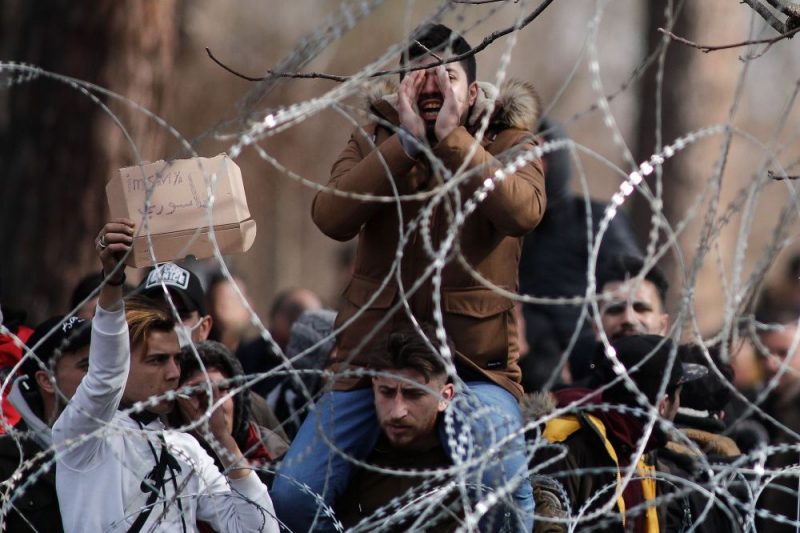Lithuania will build a fence on the border with Belarus to stop the flow of illegal immigrants from the country, Lithuanian Interior Minister Agne Bilotaite said on Friday.
–
The news
“There are people among us who can’t get vaccinated!” Conversation with actress Baiba Brock
Interview
1 day
–
The news
Janis had applied for a job as a log stacker, but was quite literally ground. What did it cost Inese?
7 hours
–
The news
War: If restrictions are needed in the autumn, they will apply to unvaccinated people
4 hours
–
Read other news She said the barbed wire fence, the construction of which began on Friday, will be integrated into the planned fence.
“The construction of the barbed wire barrier has started today, it is planned to install it in the length of 550 kilometers. It was also decided to start building a fence on the border with Belarus. We see that we can do it quite quickly, such a fence will cost about 41 million euros, “Bilotaite told reporters.
“Everything will look like this: we install a barbed wire barrier and build a fence in parallel. “It will be double protection,” the minister said.
Rustams Lubayev, the head of the Lithuanian State Border Guard Service, told reporters that the barbed wire fencing could be completed within a few months.
The total length of the Lithuanian-Belarusian border is 678.8 kilometers.
It has already been reported that Lithuanian Minister of Defense Arvīds Anušausks announced that Lithuania is starting to build a barbed wire fence on the border with Belarus.
He said that this dangerous obstacle would be a “stopover” and that if migrants tried to overcome it, it would be detected by technical means and border guards would be able to go to the place.
Lithuanian officials suspect that the Belarussian regime is deliberately facilitating the flow of migrants across the border. Belarusian authoritarian leader Alexander Lukashenko, in response to new EU sanctions, announced last month that Belarus would no longer protect Europe from illegal immigrants.
He also reiterated this at a government meeting on Tuesday. “We will not stop anyone,” Lukashenko said.
In response to the sharp increase in the flow of illegal immigrants across the Belarusian border, the Lithuanian government decided on 2 July to declare a state of emergency.
According to the Minister of the Interior, Agne Bilotaite, who has been appointed Head of Emergency Operations, this decision was taken not because the threat level had increased, but because it was easier to make decisions on logistics, funding and other issues.
Themes
–


